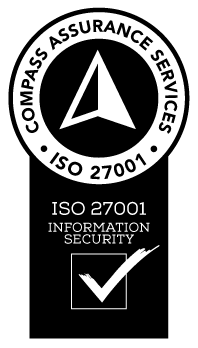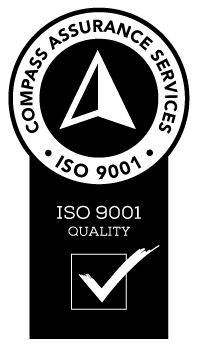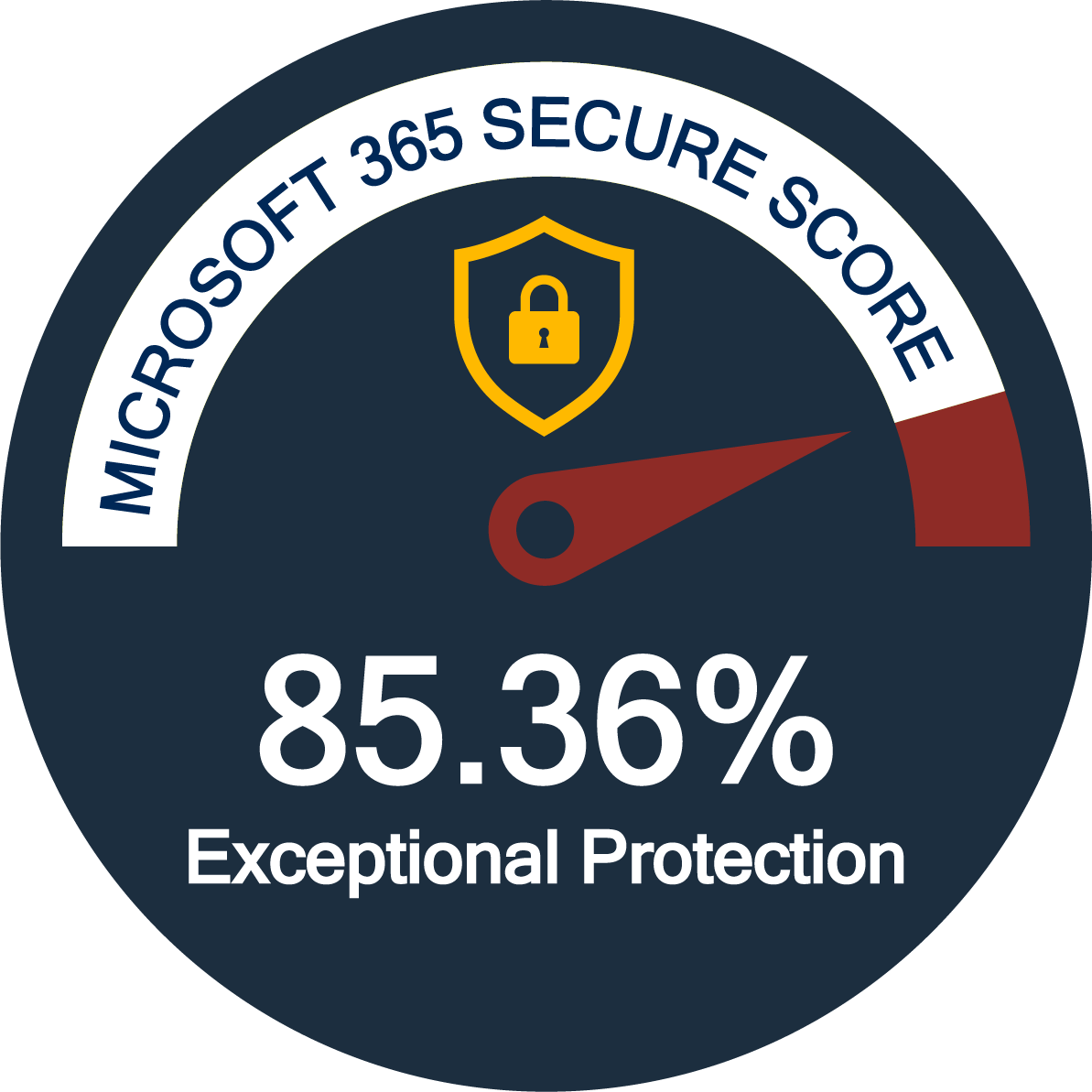Whether you are from the bush, the city or live in the tropics, there are so many career opportunities available in Australia. One avenue that attracts a certain type of individual is business ownership. Digital transformation has accelerated the speed with which businesses can thrive, allowing Australians to establish a product or service business quickly and effectively. If you want to start a business in Australia, here is a 10-step guide on how to start a business in Australia, from designing the structure to registrations and right through to opening your physical or virtual business doors.
Here is what we will cover in this easy 10-step guide to starting a business in Australia:
How To Start A Business in Australia
- Map Out Your Business Structure
- Learn About Legalities And Licenses
- Create A Business Plan
- Develop A Marketing Strategy
- Do A Risk Management Plan
- Find A Support Structure
- Register Your Business
- Put Some Protection In Place
- Prepare For Tax Time
- Launch Your Business
STEP 1: Map Out Your Business Structure
The first step in your venture will be to map out the structure of your business. This is going to set you up for success, and ensure that your business operation is moving seamlessly without you having to adjust your accounts and support resources or take on unnecessary administrative hurdles every month. Engaging payroll services will get your financial obligations automated, which will have your employees paid on time, with the right employee benefits applied and leave totals accrued.
Professional payroll services can be advantageous for businesses that only have one employee, so whether your business will be operating with a small team, there is still value in choosing an outsourced or online payroll provider. This service will also support you through your reporting responsibilities and keep you compliant with the ATO. When mapping out your business structure, you want to be clear on how many days each employee is working so you can better assess what the ideal mix is for your business so you can reach the break-even point quicker.

STEP 2: Learn About Legalities And Licenses
The next step will involve the drier but still very important part of business operations – learning about legalities and licenses. The last thing you want to do is rush through your exploration here, as failure to set your business up correctly might expose your business to risk or stall your launch if you do not get the paperwork and approvals started early. For example, if your business is aimed at assisting uni students with managing a budget – you will need to have a license that allows you to give financial advice. If you take over a lease from a hairdresser with the intention of converting the business to a cafe, you will need to first apply for a change of lease type before you can open your doors and serve food to diners.
Some areas and resources to familiarise yourself with prior to starting a business are as follows:
- Fair Trade laws in Australia
- Understanding what contracts you need in place
- Australian Consumers Laws
- Australian standards
- Industry codes of conduct
How involved this step is will depend on the industry your business belongs to, and the type of product and service you are offering. For example, selling affordable accessories will not require extensive research and licenses to operate your business, however, if your business sells architectural plans you will need to have the relevant licenses and qualifications to provide this service.
STEP 3: Create A Business Plan
Once you have completed step 2, you can start to invest time in developing a business plan. When thinking of how to start a business in Australia, it’s fair to say that this is something we all know is important, but understanding what actually goes into a business plan is something else entirely. Your business plan is like a roadmap, complete with tangible goals and achievable action items to get there. Like most plans, the more time you spend contemplating what you want to put in there, the greater the outcome.
It is likely that you will need buy-in from other stakeholders to accurately develop your plan, and this may alert you to priorities and goals that do not align with one another. There are many business plan templates out there, but the best business plan is one that you will actually use, so ensure it resonates with you. As you are just starting your business, it would be wise to refer to this business plan early and often to keep you on track, and it may even act as a business-wide communication so your team can also understand the direction of the business.
STEP 4: Develop A Marketing Strategy
Now that the plan and structure are in place, you can start to develop a marketing strategy that will attract your optimal customers and clients. Without a marketing strategy, your business will exist in a vacuum, with your market unaware of the products and services you offer and how they appeal to them. This is a step that can easily trip up a new business owner, as marketing is so broad and there are many ‘rabbit holes’ to go down. So, how do you know which marketing strategy is going to serve your goals?
Well, your strategy is going to be determined by the following questions:
- Who is your target market?
- Where does your target market seek these products/services?
- What does your business offer customers that is different to others?
Once again, what your business is will determine the most viable strategy, but at the bare minimum, you should have a digital presence. Setting up a social media profile will allow you to identify your audience, engage with them and understand what images, videos and activities your audience likes to see.
STEP 5: Do A Risk Management Plan
Developing a risk management plan for a business that has not even started may seem like overkill, but you will never regret investing time in such a critical business component – whether you face the risk or not. Before you put a plan together, you have to conduct a risk assessment of your business so that you can identify what these risks are and categorise and rank them accordingly. When it comes to conducting a risk management plan, all you need to remember is ROAM.
Resolved: can this identified risk be resolved through a process, policy or technology?
Owned: is there someone in the business who can own that risk, and manage it exclusively based on their expertise and access?
Accepted: can you identify risks in your business that are inevitable and able to be accepted? Chances are these are quite insignificant risks.
Mitigate: what is your plan to mitigate these risks? Based on the ranking of the risks, you can devise a mitigation plan for each risk.
It is important to remember that your risks can change over time and so your risk management plan will not be a static document. Keep accountable to updating this risk management plan as your business progresses so you can be keeping an eye out for potential risks. You may find that new risks are identified between the time you write the risk management plan and the time you launch your business.
STEP 6: Find A Support Structure
From business ideation to business planning, when you’re in the initial stages of wanting to know how to start a business in Australia, chances are you have been the only individual working through these steps. That does not mean that when your business starts you are the only operator. Finding the right support structure can be one of the hardest tasks to complete, and it may never feel ‘done’ as there are always internal and external impacts that cause you to reassess your support structure. The size of your business and the budget you have will be the determining factors for how many team members and contractors you work with, but try your best to split or separate areas that do not typically work with one another.
What do we mean? Well, if you are the self-appointed financial controller and the marketing manager, well you are not going to feel comfortable ideating and executing an expensive but necessary marketing campaign. If you are the leader, get clear on the values you are bringing to the business as a leader – are you creative (marketing leaning), supporting your team (HR leaning) or are you concerned with the bottom line (finance leaning).
STEP 7: Register Your Business
Registering your business is more than just a vanity exercise to bag a great name. It is how you are going to be identifiable to the ATO, and your business is what is going to show up on your employee’s payslips and client invoices. Having uniform names and registrations can also make your business growth more manageable, rather than having different accounts and identities floating around.
Unsure what exactly you need to register when starting a business? Here is a good place to start for any business:
- Register for an ABN (Australian Business Number)
- Register your business name
- Register for GST (Goods and Services Tax)
Another reason to register your business correctly is to ensure that you are going to be taxed as the right business type. It also keeps you from incurring penalties, and also keeps your intellectual property safer with some structure around your business.

STEP 8: Put Some Protection In Place
A savvy business owner will plan for any scenario, good, bad or unpredictable after starting to understand how to start a business in Australia. Business insurance exists to protect businesses in the event that they are found to be liable for an incident.
Some of the most common business insurance include:
- Public liability insurance
- Professional indemnity insurance
- Tax audit insurance
- Management liability insurance
Some or all of these will be relevant to your business discipline, and there are insurance providers that can package these different insurance types together. Public liability is one of the most universal business insurances, and it protects businesses in the event that an employee or customer hurts themself on-site or in a way that is directly related to the business. For example, poor lighting or a lack of safe exits may incur an injury, and the individual would be expecting the business to be responsible for that and pay for the expenses associated. This is where public liability steps in to protect the business and absorb those costs.
STEP 9: Prepare For Tax Time
Tax time is no time to fear, but it might feel a little daunting for a first-time business owner at the start of their journey. Tax time is when a business reconciles the expenses for the financial year that just passed, reporting the income of all employees and any other benefits and financial factors that may impact a business’s financial standing. Ideally, you will have an outsourced team that handles your payroll services so tax time is a seamless event, with all your reporting completed on time and with full ATO compliance. If you are anticipating a lean start to your business which means you will be managing the payroll, there are also providers who offer partial payroll support which may relieve you of some of the responsibilities.
Registering for Single Touch Payroll will mean that tax is calculated at each pay cycle, whether that is weekly, fortnightly or monthly. There are also some very sleek small business accounting programs that allow you to see all your financial activity and payroll in one place, and you can even integrate your rosters and HR function through the same portal. Take your time in selecting these providers and book a demo where possible so you can understand if these tools are realistic for your business.
STEP 10: Launch Your Business
Without further ado, it is time to launch your business. Be sure to wait until all your licenses, registrations and relevant contracts are complete and authenticated before you launch to save you any hassle if issues arise or further information is needed. The comprehensive work you have completed in the prior 9 steps is going to allow you to enjoy a smooth launch filled with excitement and learnings.
You may wish to build some buzz online about the launching of your business, and you may want to do a giveaway on social media, have a live countdown until your business opens, and even ask your audience for their emails so they can receive an exclusive early-bird look at your products or services. If your business is going to apply a more traditional approach, you can put some signage outside your bricks-and-mortar business front, or you can put some flyers and QR codes around town to prompt the public to find out more.
How To Start A Business in Australia
These 10 steps will stand you in good stead for starting a business in Australia. You only get one opportunity to launch your business and make your impact, so it’s important that you do not rush these steps as you may disadvantage the growth and compliance of your operation. Working with professionals like i3Group will allow you to leverage the skill and proficiency of an outsourced service, giving you more time to focus on your business.
If you would like to learn more about the different types of payroll support i3Group can offer small and large businesses, book a demo or contact our team of experienced professionals today.
If you’d like to learn more about starting an online retail business, read our next blog!














































Leave a Reply